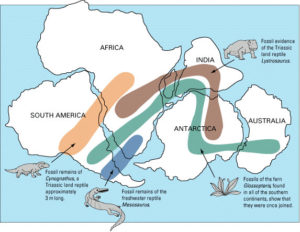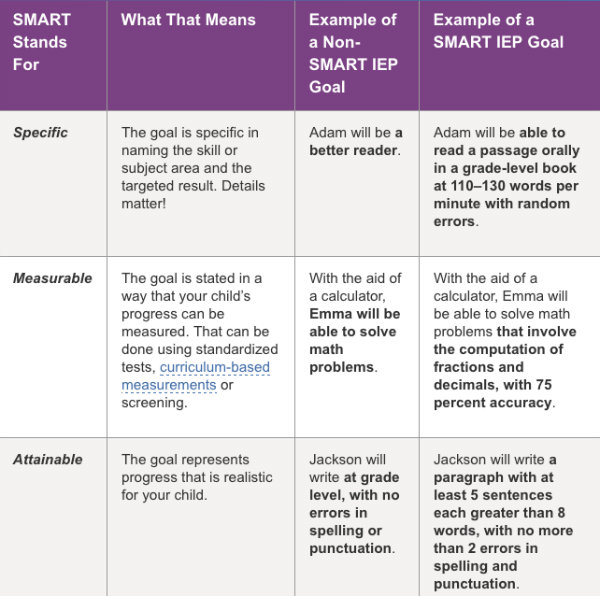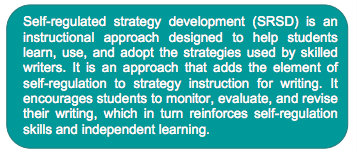If Students Begin to Drift, Instruction Must Shift
A MiddleWeb Blog
 This is the time of year when effective co-teachers can feel the ground rumbling beneath them as emotional and academic shifts begin to indicate the need for an even stronger commitment for the remainder of this school year.
This is the time of year when effective co-teachers can feel the ground rumbling beneath them as emotional and academic shifts begin to indicate the need for an even stronger commitment for the remainder of this school year.
So co-teachers, buckle up! It’s time to co-create an action plan and support any students who may be beginning to drift further behind.
It’s Time for Us to Transform Student Drifts into Instructional Shifts

This Pangea-like process where the whole class learning environment transforms into a continental drift mode occurs as individuals and small groups of students begin to drift away from the hopes and expectations set at the beginning of the year.
These are the students who may read one or two grade levels (or more!) below or who demonstrate other skill level gaps that remain or widen as another school year rolls out and moves along. These students have worked hard to close personal skill gaps with support of co-teachers’ thoughtful instructional decisions to embed personalized IEP goals and accommodations into the general education curriculum.
Yet this is the time of year we have consistent evidence (based on students’ performance) about how each student is progressing in mastering personalized goals and grade level expectations.
This shift serves as a reality check – a reflection tool – and a compelling reason to plan ahead and implement effective learning experiences for the remainder of this school year. Each student – this year – in your class – is counting you and your co-teacher.
I have written about closing personal achievement gaps before in this post, and it’s way past time to revisit this topic.
Co-Teaching as a Supercontinent
The population of students within inclusive settings comes with more learner variability and a wide range of abilities, strengths, and needs. The responsibility to reach and teach this wide range can be achieved by having two teachers in the room.
So what are YOU doing about it? How are YOU and your co-teacher maximizing your fundamental and very time-sensitive responsibility to meet the needs of all learners in your classroom this year in the moments of class time each day?
You must embrace the varying strengths and needs of your students and find a way to keep your overall learning environment a community with a real sense of wholeness – a place where every student has a chance to access and connect each day. “Continental drift” is not acceptable.
Tips for closing personal achievement gaps
► Create a Barrier-Free Learning Environment. Watch this three-minute clip and then ask yourself: What unintentional barriers may I eliminate?
► Use UDL Instructional Design. Make a commitment to proactively design instruction with the UDL Learning Guidelines. This clip by David Rose (co-founder of CAST) shares how to think about the UDL Guidelines Structure as you gain stronger UDL insights that will empower you to proactively plan for the diverse range of learning needs in your classroom.
Watch the clip, print out a copy of the UDL Learning Guidelines and get those co-teaching conversations going to reach new levels of teaching to maximize learning.
► Set Manageable High Expectations for Success. Keep students part of the process by making sure the daily goals for each lesson are clear and visible. In addition, make the time to co-create and communicate goals together while encouraging learners to connect personal learning goals with grade level expectations outlined by daily learning objectives. Keep all the learning goals SMART – check out how here.
Click image to see complete chart
► Ongoing progress monitoring. Once you find a system of assessing student learning that works for you, be consistent and communicate about student performance outcomes with your co-teacher, student and parents. Gather all perspectives – and use this comprehensive view to inform future instructional decisions.
Looking for interesting links to spark and rejuvenate your monitoring practices? Check out this ASCD article by Nancy Safer and Steve Fleischman. If you are looking for specific strategies to add to your progress monitoring toolbox, this link to the Regional Special Education Technical Assistance Support Center at Orleans/Niagara BOCES is sure to guide you to adapt and incorporate more meaningful applications.
Don’t forget to keep students in the active process—check out these ideas (SRSD) for self-monitoring strategies from the TEAL Center to jazz up any lesson this year.
So at this mid-way point in the year, notice the rumbling of the ground in your classroom. How will you and your co-teacher work together to transform possible student drifts into meaningful and empowering instructional shifts? Let’s do this!
Image credits:
Feature image UDL: Reducing Barriers by Brandy Antonio
Pangea drift map: jmwatsonusgs.gov [Public domain], via Wikimedia Commons






























